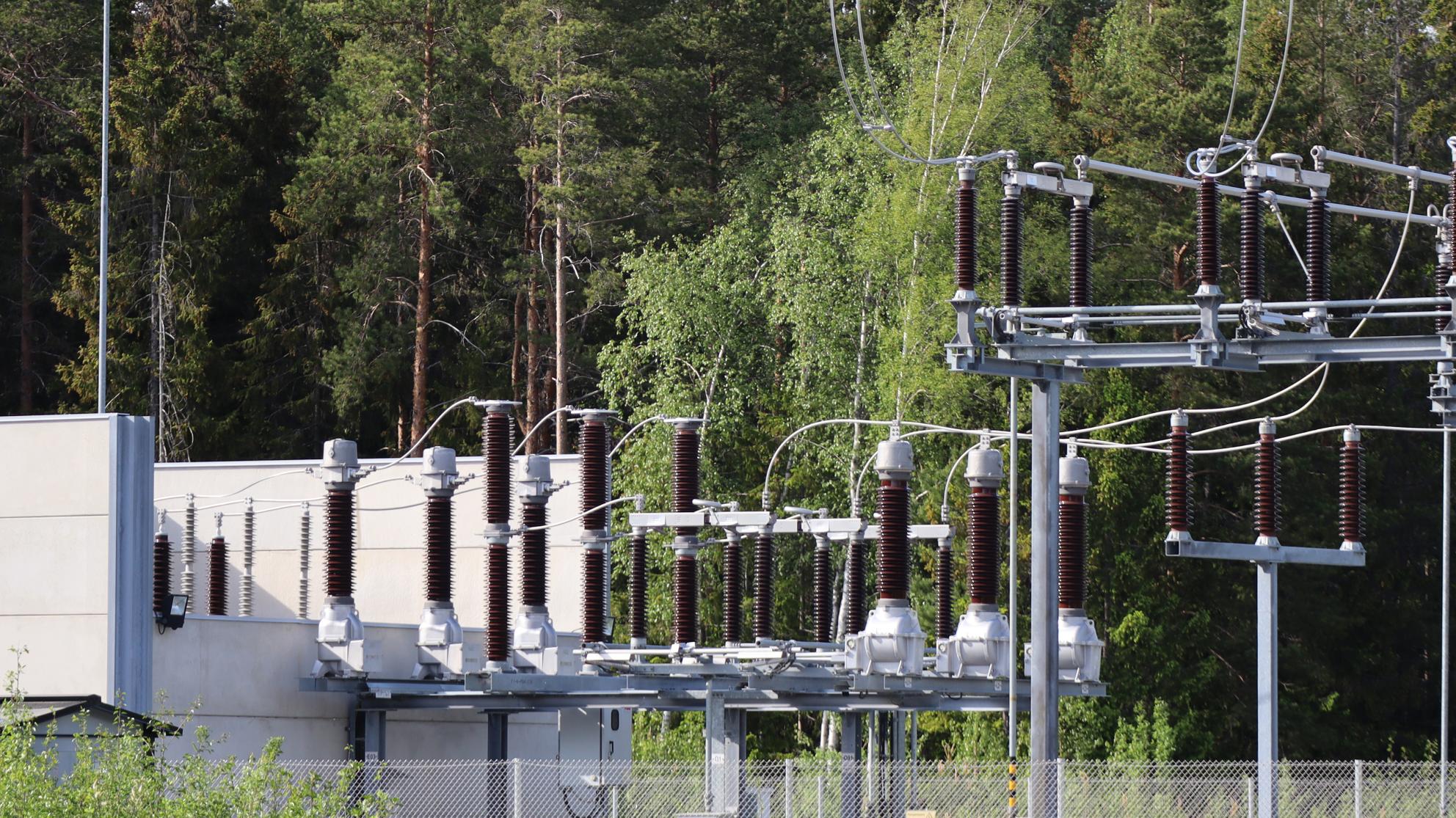Supporting global energy transition – Sundom Smart Grid was a groundbreaking pilot project

Meters were installed in the village’s electricity network, and real-time data of the power grid was sent from the test site to the laboratory at the University of Vaasa. This enabled various tests to be carried out in the area.
– A real-time computer simulation of the Sundom power grid, a so-called digital twin, was also built. This allows the study of various power grid phenomena. Different scenarios can be created for the grid, such as connecting electric cars or solar panels. We can study both instant and long-term effects of different factors, says Kimmo Kauhaniemi, Professor of Electrical Engineering.
Using green energy efficiently
The Sundom Smart Grid project began in June 2014 and concluded in August 2016. The measuring equipment remained connected and real-time data continues to flow to this day. The living lab environment has enabled a wide range of R&D activities. Information gathered from the environment so far has been used in numerous national and international research projects.
The aim of this globally unique smart grid pilot project was to make electricity supply more reliable and enable wider use of solar and wind power in households in the region.
– With the Sundom Smart Grid, we communicated the latest information about the usage of renewable energy to the local community, at the national level and more widely at a European and global scale. We have been able to gather a large amount of technical information to support the energy transition for the whole society, says Kauhaniemi.
Sundom Smart Grid has been used in research on microgrid protection, active management of distribution networks, and additional services provided by distributed energy resources, among others. On a larger scale, it has provided valuable information for increasing the renewable hosting capacity of power distribution networks and new approaches for utilising the flexibility resources.
– The knowledge we have gained can be used to solve problems in the energy system, where managing the balance between production and consumption is increasingly important. In the future, the relatively high share of intermittent distributed generation will pose its own challenges to the system, Kauhaniemi continues.
Cooperation played a decisive role
The project was carried out in cooperation with the University of Vaasa, ABB, Anvia, Merinova, Vaasan Sähkö and the local DSO Vaasan Sähköverkko. ABB developed the automation and fault locating methods, Vaasan Sähkö studied prosumer business challenges, Vaasan Sähköverkko investigated optimal and cost-effective methods for the security of supply, and Anvia data and cloud-based services for the network. The project was coordinated by Merinova.
– Sundom Smart Grid increased our knowledge and capacity to conduct experimental research. The university contributed significantly to the development of a future research and laboratory infrastructure (FREESI lab) in cooperation with local companies. With the help of financial support from various companies and organisations, acquiring international expertise was possible in the fields of smart grid professorships.
"We have been able to gather a large amount of technical information to support the energy transition for the whole society"

ABB, the main partner in the project, has also benefited in many ways over the years.
– This living lab has been the basis for several research activities and has supported the company RDI activities. The platform was a unique pilot site and provided significant advantage for research in a fully digitalised electricity grid environment. It allowed us to be the first in the world to bring new software-based and virtualised protection solutions to the market. The development of new product platforms has continued in our R&D programme “Green Electrification 2035”, which was launched in early 2021. This programme develops the technology platforms necessary for the green transition towards optimal electricity generation and use. This will enable rapid growth in the use of renewable electricity. Business Finland is participating in the project with a funding of 20 million euros, says Programme Director Petri Hovila from ABB.
The project has also had strong impact on the research activities made with several other companies. This concerns especially ABB and the local DSO, Vaasan Sähköverkko, but wide collaboration is made also with several other DSOs and manufacturing companies.
– The significant increase in external funding following the Sundom Smart Grid project is a clear indication of its impact. The budgets of all the related projects launched between 2015 and 2020 total around 3.2 million euros and they are done in cooperation with more than 30 Finnish companies. There is also increase in international cooperation, says Kauhaniemi.